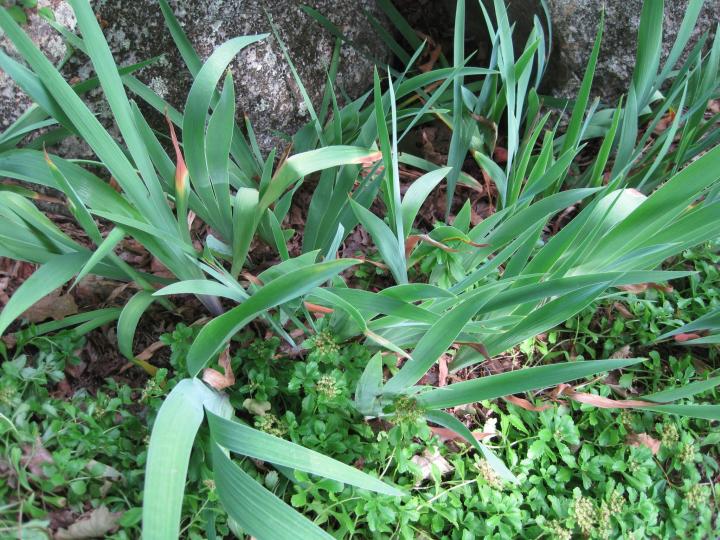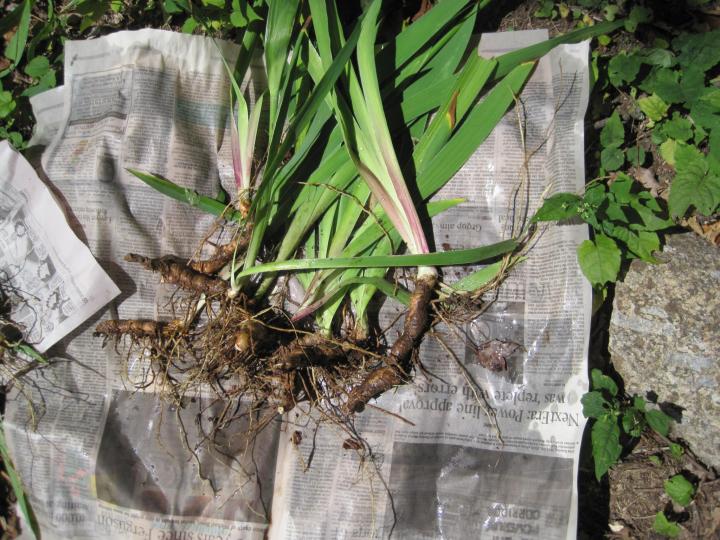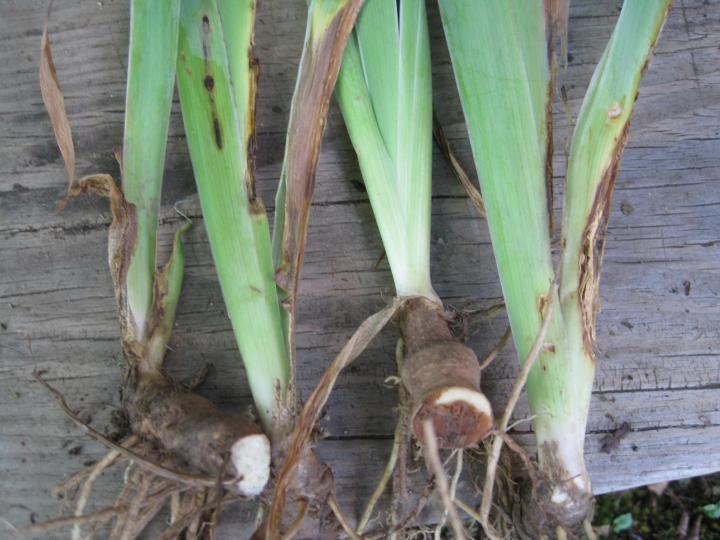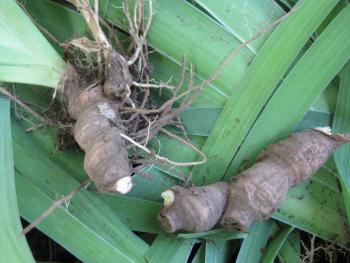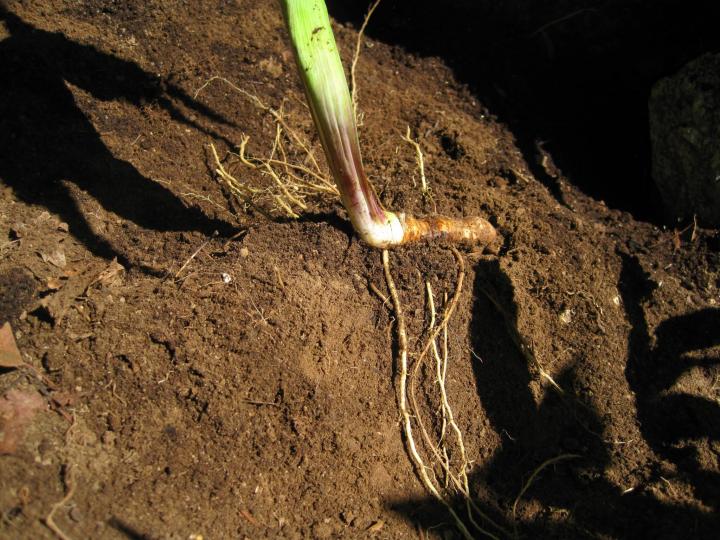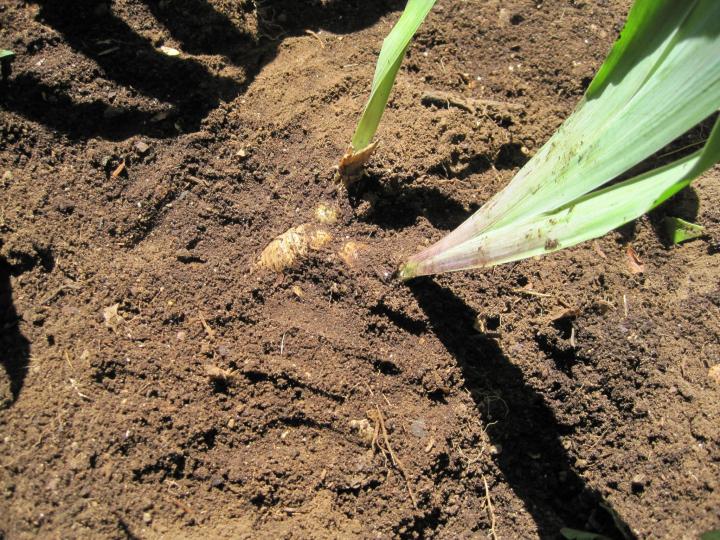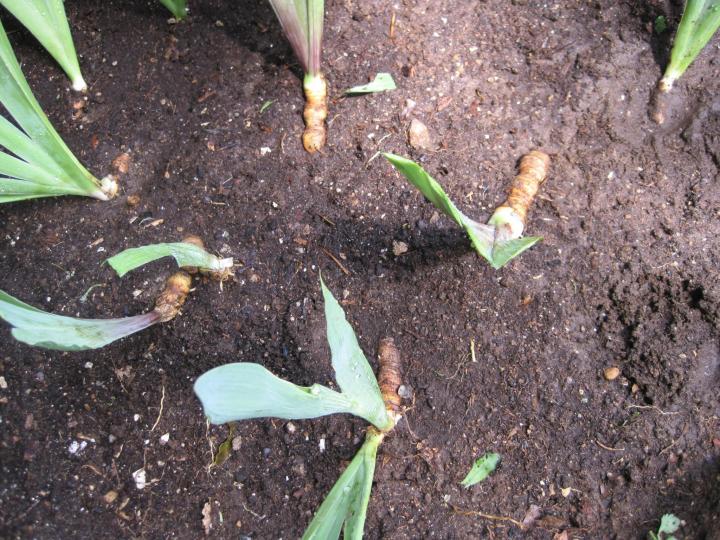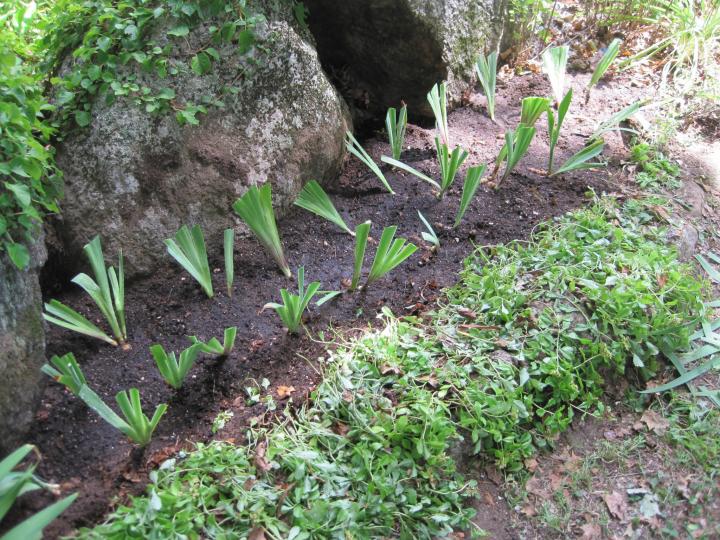
Dividing and Moving Iris, and How to Transplant Iris
ADVERTISEMENT
The next to last picture and the last picture show different soil levels. Should the tuber be covered with soil, or not? What about wood chip mulch?
Love the iris. Thank you for the help.
Thank you! I'm leaving the state and going South soon! plan to bring some of them down there in my garden there ! I did not know about cutting the tops off. THIS WAS VERY INFORMATIVE and HELPFUL to me ! Thank you for having this for us faithful gardeners out there ! Does anyone know why my bearded irisses did not bloom this year ? A lady in my church said they only bloom every 4 years ? I never heard of that. They did bloom last year ! All of them! I do feed them in March and June. as all my plants.
my irises bloom every year
I have known for a long time that iris should be divided in August, but never found any detailed instructions for how to go about it. Robin to the rescue! Thank you so much for the invaluable step by step direction with great photos!
I have Siberian irises. Noticed someone asked about dividing those. It's similar, but I didn't get small, tidy, individual stalks to replant. After 5 years, they slowed blooming and I could see the center was dead, an outer ring still green = time to divide. Ugh. Big chore. I only had 3 of them. Each had to weigh 40 pounds by the time I got them out, loaded with soil in the roots, etc. Tried different methods to separate clumps and get rid of the dead areas and after failing and struggling many times, I settled on a handsaw! Should have thought of that first. It worked. Put them all on tarps - lots of dirt, easier to clean up. Replanted the vigorous growth, dumped the dry, had lots for the back yard and front. The first spring, however, this year, only two flowers showed up after all that stress. The foliage is looking good, though. I'm feeling confident that they'll come back next year with a nice bloom. But seriously, be very cautious dividing irises or hostas or any well established perennial. I hurt my shoulder badly. Pinched a nerve. Weeks to feel better. Of course, that's just a cautionary message from a middle age dude! I should have grabbed that saw first thing. At least it's something that only has to be done every 3 to 5 years!
Thanks for the (very timely!) article on dividing and replanting bearded irises. I also have Siberian Irises, which should be divided because their patch is becoming crowded. Do I follow the same steps as for the bearded irises? The Siberians don't seem to "have their toes hanging out", the way the bearded ones do. Or should they? Thanks for your assistance!
Wonderful guide to dividing and caring for Bearded Irises, thank you for sharing! I am moving in the near future and want to take my Irises with me as they were also gifts, I wasn't sure how to go about it, but now I'm a lot more confident about tackling the project. Thank you!
I planted irises about a year and a half ago, in zone 7a -- Montgomery, AL. They have not bloomed.
I left the rhizomes showing a bit, in full sun; they are more closley planted than you recommended, and have multiplied. Just no blooms.
Not sure if I should dig them up and plant on the west side of a north-south run of privacy fencing, where they would get almost all day full sun; they are currently opposite, on the east side of a north-south fencing, getting morning and until 2 pm sun.
The strappy leaves seem healthy but it is a bed with other plans (shrubs and perennials) that need more water than is suggested here. Do they like it drier?

